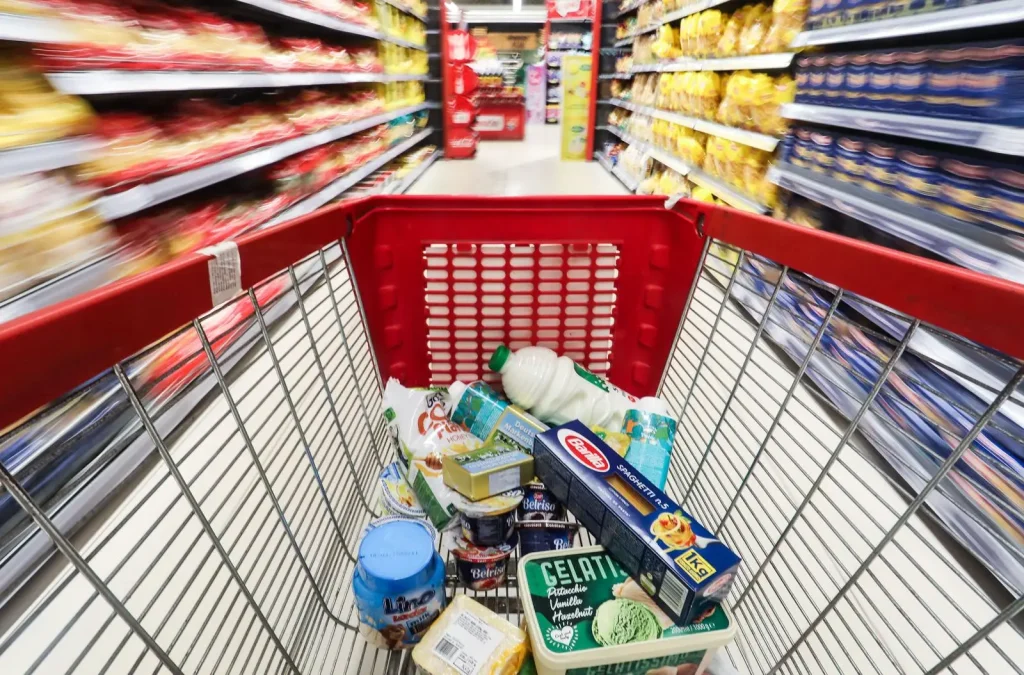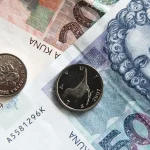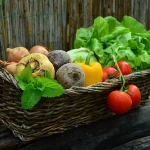At the EU level, the price of food, alcoholic beverages and tobacco was only 3.2% higher in December and inflation was 5%, which some analysts justify with a slower first wave of price growth in Croatia while in the wealthier countries, they say, prices grew at a faster rate initially.
Prices started soaring in Croatia only in the past few months, and for some products, such as cooking oil, they went up by more than 20%, which is now also happening in other EU markets with lower living standards such as the Czech Republic and Hungary, the daily says.
Croatia has never been a cheap country, notably when it comes to food, telecommunications services, various technical goods and the like, and this can also be attributed to high trade margins, says the daily.
Tax expert Vlado Brkanić has calculated that since 2010 four retail chains in Croatia have almost doubled their trade margins. In 2010 most trade margins were around 17% and in 2015 they were above 30%.
Some sector stakeholders say that high trade margins are also due to high logistic costs considering the high seasonality of some Croatian regions during several months of the tourism season. However, Martin Evačić, CEO of the NTL retail chain, who heads the retail sector of the Croatian Employers Association, claims the average trade margin in the EU is above 32% while in Croatia it is below 25%.
As for food prices, Evačić says that they are still not following producer prices that are changing on a daily basis, noting that he expects state assistance in that regard, whether through VAT reduction or abolishment, freezing prices of basic foodstuffs or vouchers, which is what some poorer EU countries are already doing, says the daily.
For more, check out our politics section.












